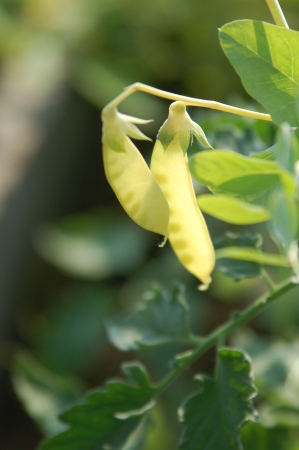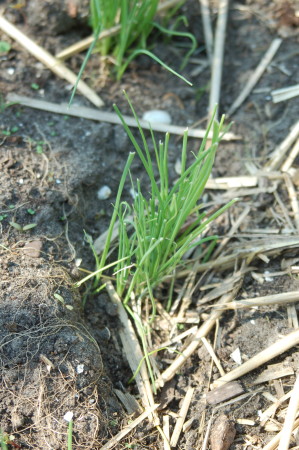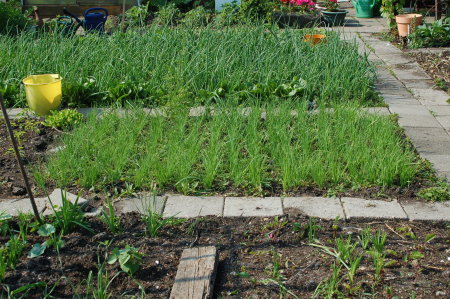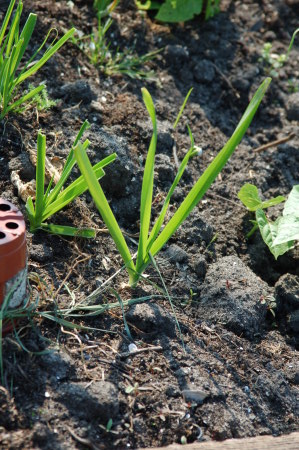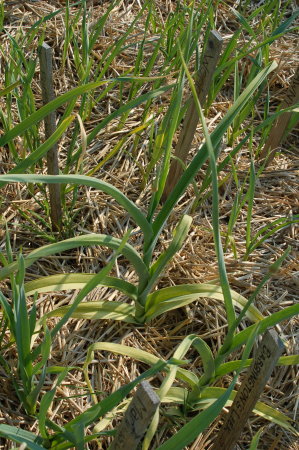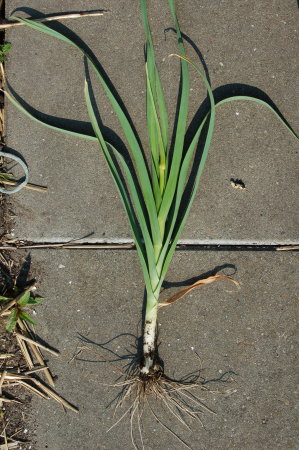
Here are our first strawberries of the year. Six white Alpine strawberries.
They are white, a little on the small side, but taste like normal strawberries. In fact they have a really nice and intense strawberry flavor.
I’ve just planted some in the garden, but they won’t produce berries the first year until late in the season. These were grown on our roof. We regularly have birds attack other plants, but not these. The birds can’t see these berries because they aren’t red. We don’t do anything to protect the plants from the birds.
Most strawberries are genetically pre-programmed to give their harvest in one go. This is handy for the farmer, who can plan the harvest in advance, but not really useful for the rest of us who would probably prefer to have a continuous supply of fresh strawberries through the summer. While these plants are not very heavy croppers, the do offer a continuous harvest. They are great for either having a few plants around for that odd handful of berries for the morning cereal, or planting more plants to allow for larger harvests. I have about 8 plants, and at most I usually get about 10 berries at a time.
Unlike most strawberries, these are grown from seed. Seeds are pretty easy to save, just break the berries apart with your fingers in a bowl of water. The seeds will sink to the bottom, and the other material can be rinsed off (this is a little harder than it sounds, and takes some practice). The seeds can be dried on a paper coffee filter. The seeds need a period of cold before they will germinate, so put them in the freezer for about a month or use some other method of stratifying them. They grow slow and get easily lost in the weeds when they are young, so it’s usually easier to start them in weed free medium like potting soil.
If anyone wants some seeds, let me know and I’ll send you some. I have a waiting list right now, and not enough seeds, so it may be a few months before I can actually send them. You can let me know now you want them and I’ll add you to the list.



